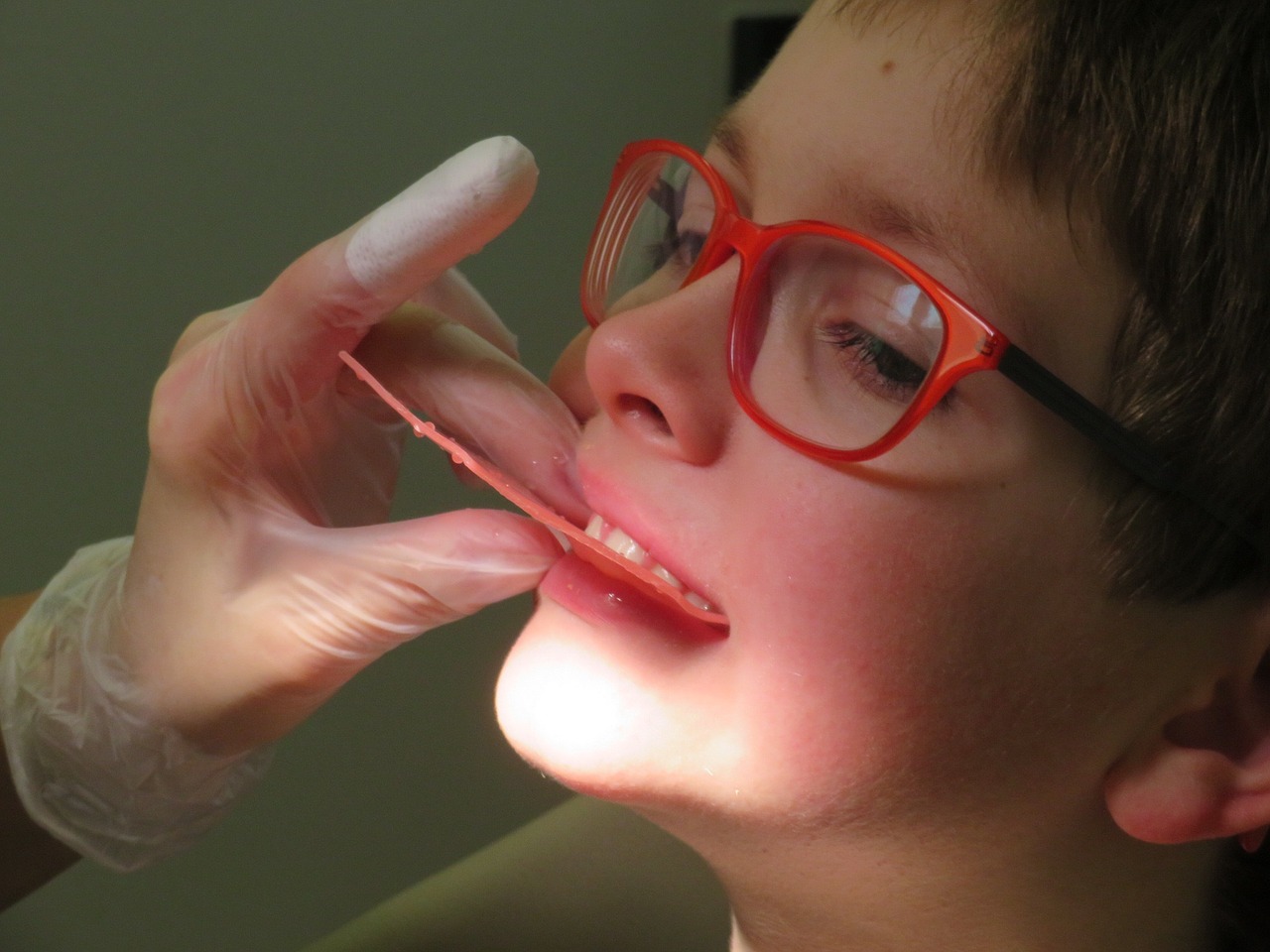Early orthodontics is also referred to as phase 1 orthodontic treatment, and may be necessary to help children who have growth or alignment issues with their teeth. At No Sugar Bugs Club Children’s Dentistry, we offer a variety of different options for patients who require early orthodontics. Our goal is to address the issues early to prevent more serious issues in the future from developing. Catching any issues with the jaw or teeth in the beginning is important before permanent teeth erupt.
When Should I Consider Early Orthodontic Treatment?
If your dentist has a concern during your regular exam, they may recommend early orthodontic treatment. Common devices used in early orthodontic treatment include braces, palatal expanders, or retainers.
What Are Common Issues That Require Early Orthodontic Treatment?
- Issues with a child’s bite
- Malocclusion or misaligned teeth
- Teeth that protrude
- Issue with a child’s jaw, or a child who has a very small jaw
What Are the Benefits of Early Orthodontics?
Early orthodontics can correct issues early on before they cause damage, and reduce the need for treatments later in life. Not every child requires early orthodontic treatment. Children that do not have any issues with their jaw or teeth should wait until phase 2 orthodontics.
- Prevents a narrow jaw
- Eliminates chances of crowding
- Lowers risk of damage to protruding teeth
- Reduces risk of tooth decay
- Reduces risk of gum disease
Typically, children do not need to visit the orthodontist until at least six or seven years of age. Many children do not need orthodontic treatment until they are older. An early visit to the orthodontist can help detect issues, as well as know what your child may require as they get older. This also gives the opportunity for the parent to ask questions. Our team will discuss if your child requires phase 1 orthodontics to help reduce the need for treatment later in life.
Ready To Schedule Your Child’s Consultation?
If you are interested in finding out if your child requires early orthodontics, we recommend scheduling a consultation with us. Our doctors have years of experience in orthodontics, and our team is trained to work with children. We strive to provide a positive experience each time they visit our office. At No Sugar Bugs Club Children’s Dentistry, we provide quality dentistry you can trust, and we welcome new patients to join our dental family.
To schedule your child’s appointment, contact No Sugar Bugs Club Children’s Dentistry, and our friendly staff will be happy to assist you.


